20 Unusual Foods That Have Surprising Health Benefits
While supermarkets overflow with manufactured health foods and trendy supplements, some of nature’s most powerful nutritional powerhouses hide in plain sight. From microscopic algae to pungent roots, these unexpected edibles pack remarkable health benefits behind their unusual appearances and flavors.
Spirulina
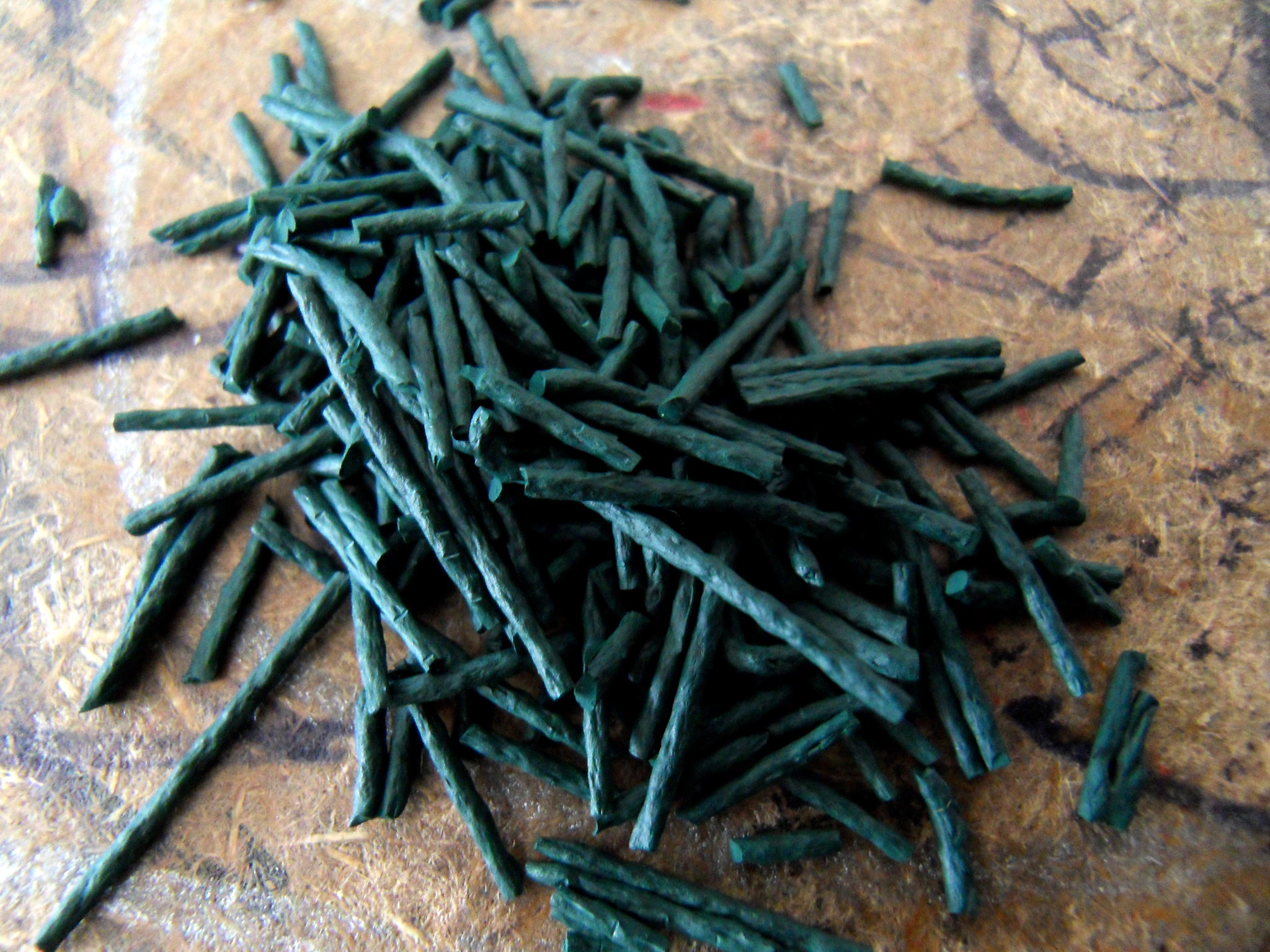
Spirulina might look like pond scum, but this ancient alga surpasses most vegetables in protein content while delivering rare compounds that boost immune function. NASA studies show it could sustain astronauts during long space missions, leading to ongoing research for space travel nutrition. A single tablespoon contains as much protein as three eggs, plus antioxidants that fight inflammation.
Clinical studies demonstrate its ability to lower blood pressure and improve muscle strength in endurance athletes. The alga’s unique pigment, phycocyanin, shows promising anti-cancer properties in laboratory studies. Traditional cultures around Lake Chad in Africa have harvested and consumed this superfood for centuries, incorporating it into daily diets as a primary protein source.
Modern research indicates spirulina can bind to heavy metals, aiding in gentle detoxification. Professional athletes increasingly use it for natural energy enhancement and faster recovery times. Studies show it may improve symptoms of allergic rhinitis and boost exercise performance.
Black Garlic
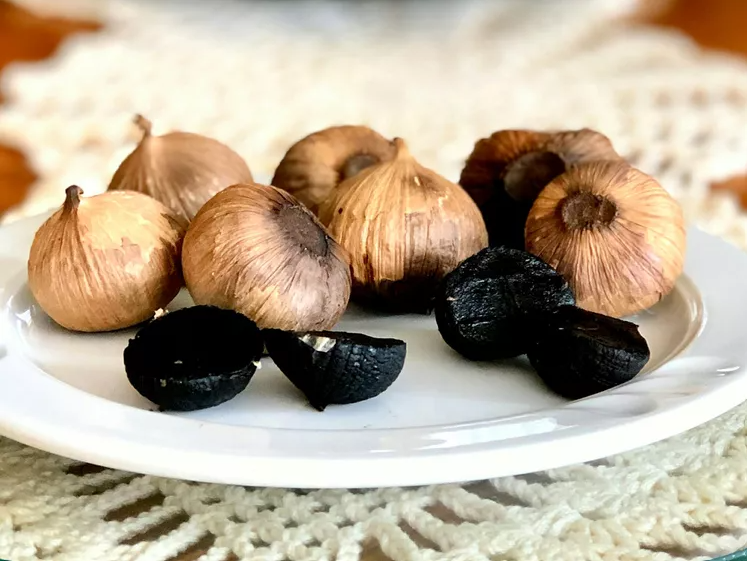
Black garlic’s jet-black cloves and jelly-like texture might seem off-putting, but this fermented form of regular garlic concentrates health benefits while eliminating the pungent aroma. The aging process, which takes place under carefully controlled temperature and humidity for weeks or months, transforms harsh compounds into potent antioxidants through the Maillard reaction.
South Korean researchers have documented its superior effects in fighting certain types of cancer cells compared to fresh garlic. The fermentation process creates new compounds, including S-allyl cysteine, which shows promise in cardiovascular health. Traditional Korean medicine has used black garlic for centuries to boost longevity and vitality.
Modern chefs prize its complex umami flavor, like aged balsamic vinegar and tamarind. Clinical studies indicate its potential in reducing inflammation markers and supporting liver function. The aging process also makes it suitable for those who typically can’t tolerate raw garlic while concentrating beneficial compounds up to five times higher than fresh garlic.
Like Go2Tutors’s content? Follow us on MSN.
Nopal Cactus
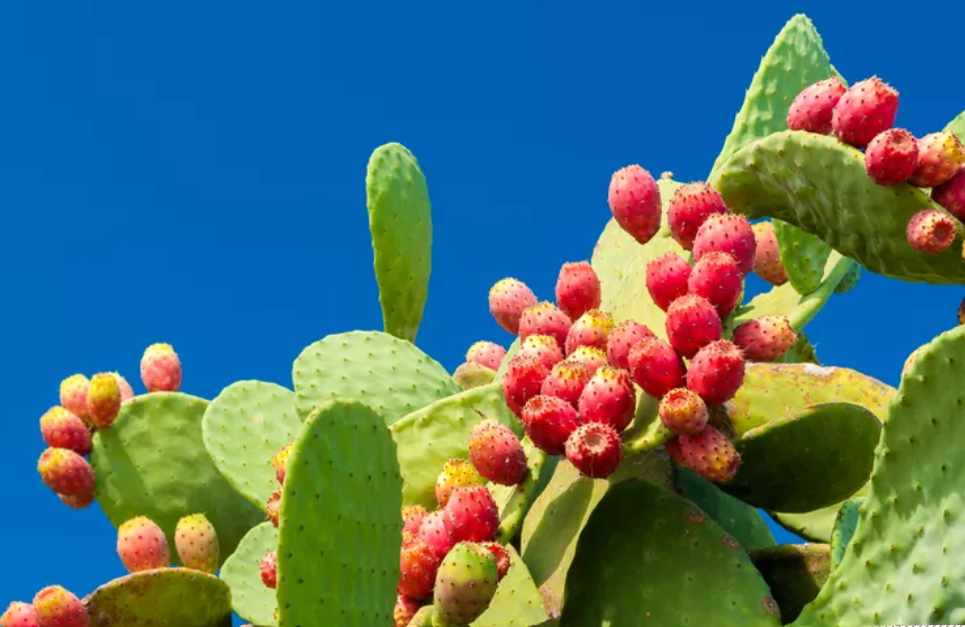
Nopal cactus paddles bristle with spines on the outside but harbor powerful health benefits within their succulent flesh. These Mexican staples regulate blood sugar levels more effectively than some diabetes medications, according to recent clinical trials. Their high fiber content and rare antioxidants help reduce inflammation while supporting healthy weight management.
Traditional Mexican healers have used nopales to treat everything from wounds to digestive disorders for generations. The cactus contains unique compounds that protect liver cells and reduce oxidative stress. Studies show its potential for preventing hangovers through compounds that shield the liver from alcohol-induced inflammation.
Modern research has identified at least 17 different amino acids in nopal paddles, including all essential amino acids. The pectin and mucilage content helps remove excess cholesterol while supporting digestive health. Recent studies suggest potential anti-cancer properties, particularly against colon and cervical cancer cells.
Sea Buckthorn
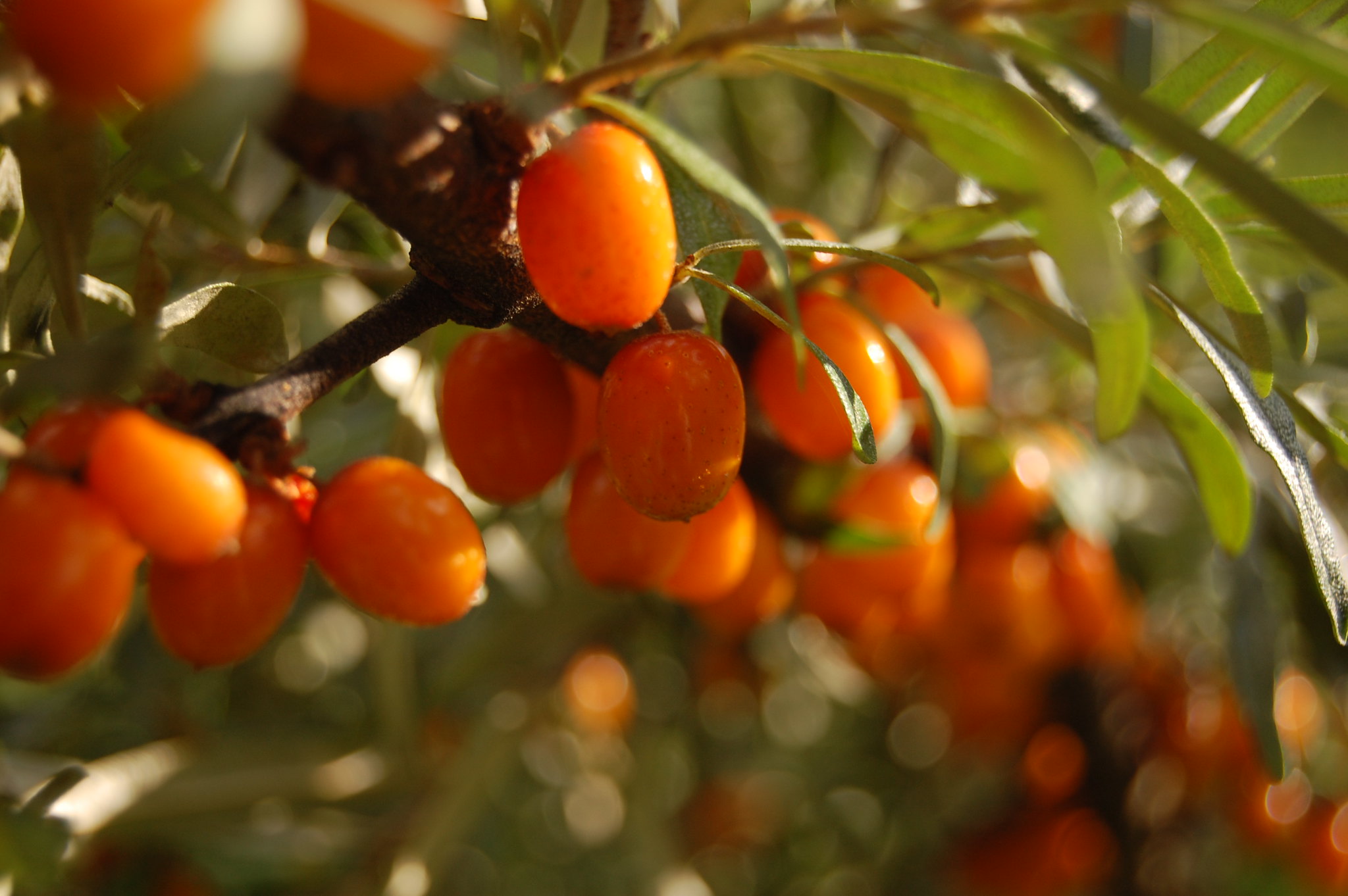
Sea buckthorn berries burst with rare omega-7 fatty acids typically found only in fish oil and macadamia nuts. These tart orange berries contain up to 12 times more vitamin C than oranges and more vitamin E than wheat germ. Russian cosmonauts used sea buckthorn oil to protect against cosmic radiation during space missions.
The berries contain over 190 bioactive compounds, including unique phytosterols that support skin health. Traditional Tibetan medicine has been used for centuries to heal skin conditions and support cardiovascular health. Modern research confirms their ability to reduce inflammation and protect against cellular damage through multiple pathways.
Clinical studies show promising results in treating dry eye syndrome and vaginal atrophy. The oil’s unique combination of fatty acids helps rebuild skin tissue and support mucous membrane health. Recent research indicates potential benefits for treating burns and preventing sun damage when applied topically.
Maca Root
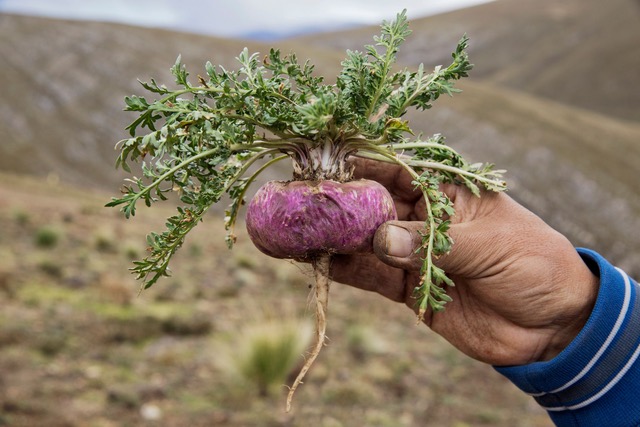
Maca root, growing high in the Peruvian Andes, resembles a modest radish but packs remarkable adaptogenic properties that have supported high-altitude living for generations. This ancient superfood balances hormones naturally while boosting energy and endurance without stimulating the adrenal glands.
Athletes prize its ability to enhance performance without the jitters of caffeine, as demonstrated in multiple sports medicine studies. The root contains unique glucosinolates that support cognitive function and reproductive health. Traditional Andean medicine recognizes different colors of maca for specific health purposes – black for men’s health, red for women’s health, and yellow for general vitality.
Modern research has identified four alkaloids responsible for its hormone-balancing effects. Clinical studies show significant improvements in mood and bone density. The root’s high mineral content, including rare trace elements, supports overall endocrine function and stress resilience.
Like Go2Tutors’s content? Follow us on MSN.
Reishi Mushroom

Reishi mushrooms earned their nickname through centuries of use in traditional Chinese medicine as the supreme protector of health and longevity. These woody fungi contain over 400 bioactive compounds, including unique triterpenes and beta-glucans. Laboratory studies show they can enhance natural killer cell activity while modulating immune response.
Traditional formulations use different parts of the mushroom for specific purposes—the spores for deep healing and the fruiting body for immediate effects. Modern extraction methods have improved the bioavailability of their active compounds. Clinical trials demonstrate significant benefits for fatigue syndrome and quality of life in cancer patients.
Research indicates potential anti-tumor effects through multiple mechanisms, including immune modulation and direct cytotoxicity. The mushrooms show promise in supporting liver function and reducing allergic responses. Recent studies suggest benefits for sleep quality and stress reduction through their adaptogenic properties.
Purple Corn
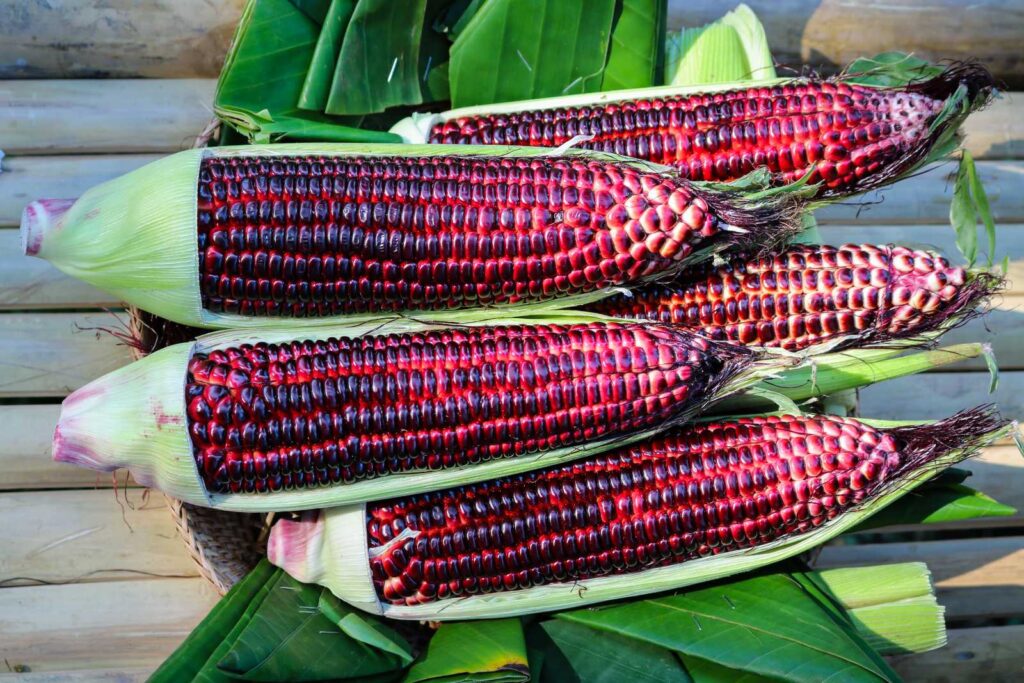
Purple corn contains anthocyanin levels 30 times higher than blueberries, making it one of the most potent antioxidant foods ever studied. Ancient Incan civilizations used this corn variety for both food and medicine, particularly during sacred ceremonies. Modern research has identified unique compounds that protect against retinal damage and support cardiovascular health.
The corn’s deep pigments show remarkable stability during cooking, unlike many other anthocyanin sources. Clinical studies demonstrate significant effects on inflammation markers and blood pressure regulation. Traditional preparation methods, including fermentation into chicha morada, may enhance the bioavailability of its beneficial compounds.
Recent research indicates potential benefits for preventing obesity through multiple mechanisms, including fat cell regulation and metabolism modification. Purple corn contains rare flavonoids that cross the blood-brain barrier, suggesting neuroprotective potential.
Frozen Sea Buckthorn
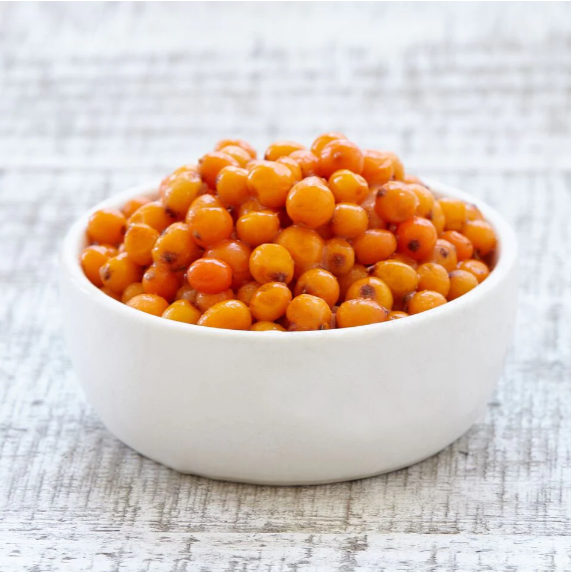
Sea buckthorn berries retain their potency even when frozen, delivering a concentrated dose of omega fatty acids and vitamins that surpass many fresh fruits. These bright orange fruits contain unique proportions of all omega fatty acids (3, 6, 7, and 9), making them a complete fatty acid supplement.
Studies show they can accelerate wound healing and support tissue regeneration. Traditional Mongolian medicine uses berries to treat digestive issues and skin conditions. Modern research confirms their ability to protect against radiation damage and support recovery after chemotherapy.
The berries contain over 60 antioxidant compounds that work synergistically to protect cells. Clinical trials demonstrate significant benefits for dry eye syndrome and mucous membrane health. Recent studies suggest potential applications in treating liver fibrosis and supporting pancreatic function.
Like Go2Tutors’s content? Follow us on MSN.
Water Kefir
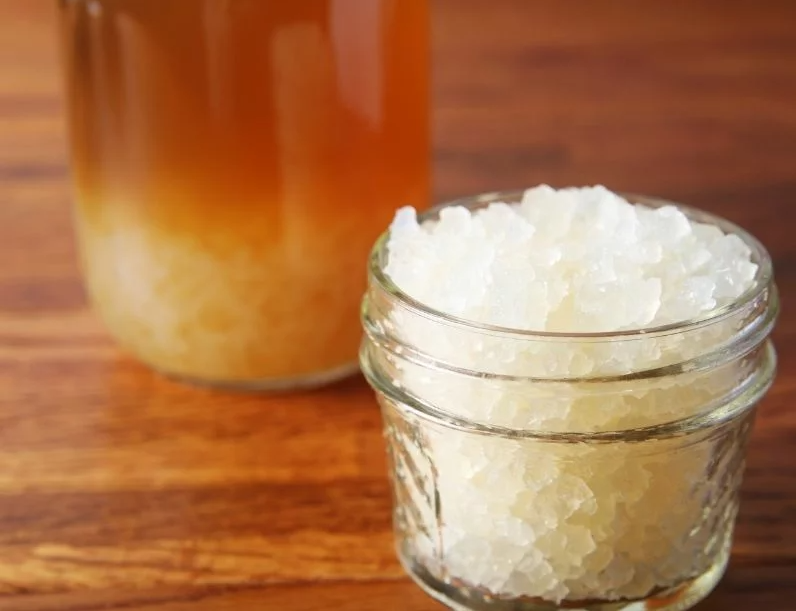
Water kefir grains resemble translucent pearls but comprise a complex symbiotic community of beneficial bacteria and yeasts. This probiotic powerhouse produces natural antibiotics and vitamin K2 during fermentation, along with a complete spectrum of B vitamins.
Traditional cultures maintained these grains as precious family heirlooms, passing them down through generations. Modern analysis has identified over 40 strains of beneficial microorganisms in authentic kefir grains. Unlike dairy kefir, this variety suits vegans and those with lactose intolerance while providing unique benefits.
Research indicates its potential for reducing inflammation and supporting mental health through the gut-brain axis. Clinical studies show promising results for improving nutrient absorption and reducing allergic responses. The fermentation process creates unique polysaccharides with prebiotic properties, supporting long-term gut health.
Black Cumin
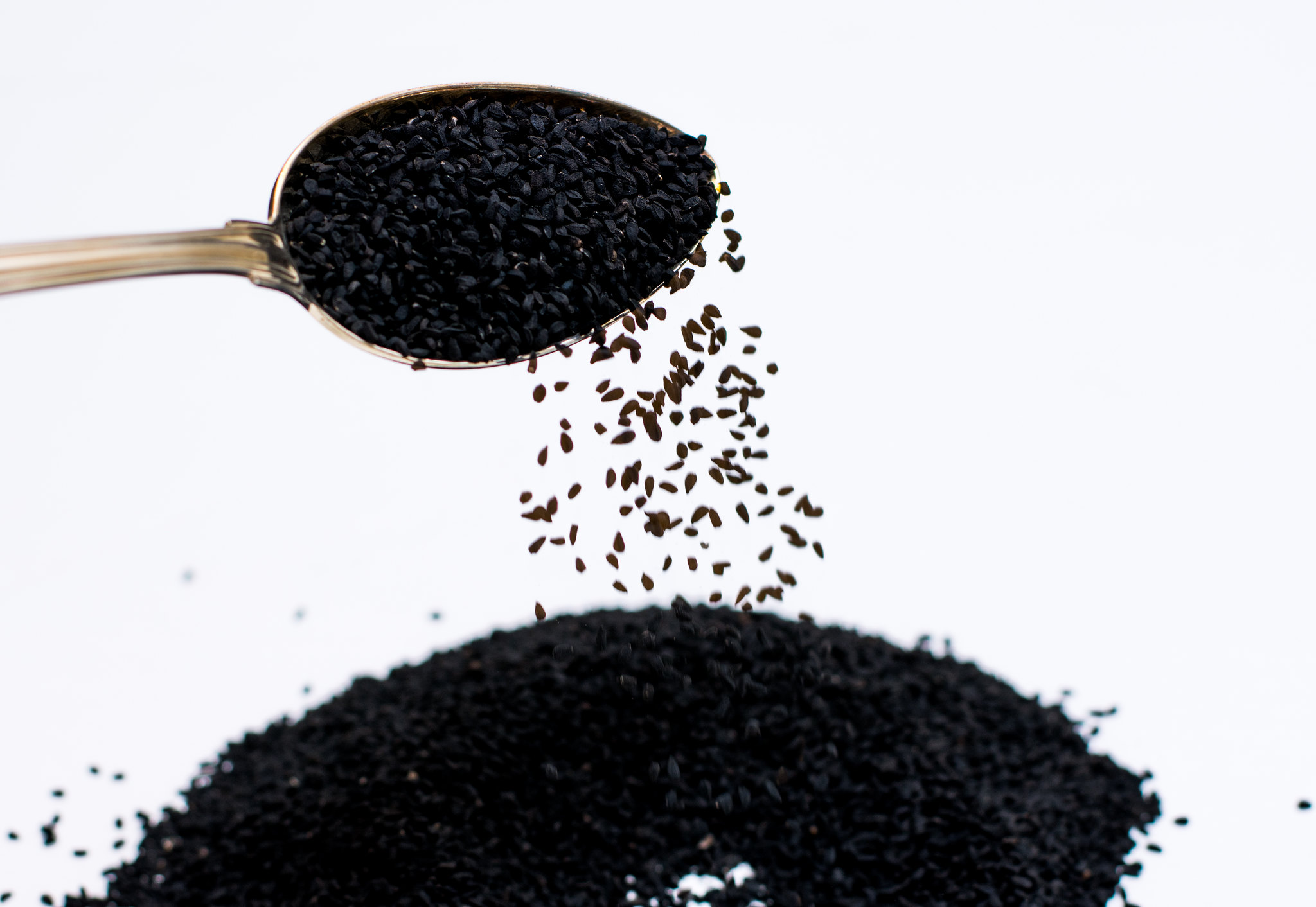
Black cumin seeds, mentioned in ancient texts as a cure for “everything except death,” contain thymoquinone, a compound with remarkable therapeutic potential. Islamic medicine has utilized these seeds for over 1400 years, while Egyptian pharaohs were buried with them for protection in the afterlife.
Modern research has identified over 100 active compounds in the seeds, including rare essential fatty acids and crystalline nigellone. Clinical trials demonstrate significant benefits for asthma, allergies, and autoimmune conditions. The oil shows promise in fighting antibiotic-resistant bacteria and supporting immune function.
Traditional preparation methods may enhance their therapeutic properties, including heating the seeds before pressing for oil. Recent studies indicate potential benefits for neurological conditions through anti-inflammatory and antioxidant mechanisms. The seeds show a remarkable ability to modulate immune response without suppressing immune function.
Beetroot
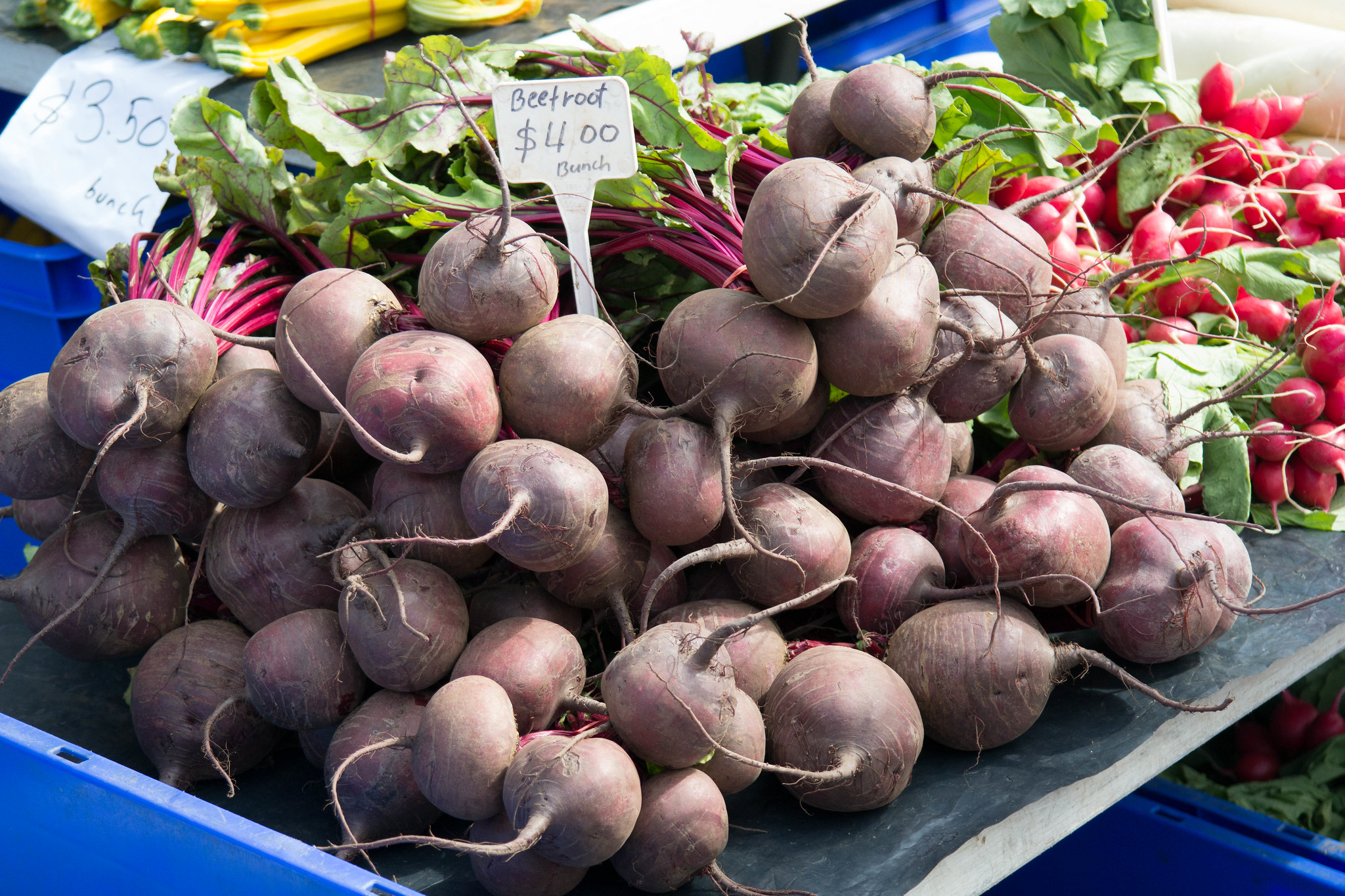
Beetroot powder concentrates the benefits of this root vegetable into a convenient form that dramatically improves bioavailability. Athletes use it to enhance performance through its natural nitrate content, which improves blood flow and oxygen utilization by up to 20%.
Studies show it may lower blood pressure within hours of consumption and support brain health through improved blood flow. The powder contains unique antioxidants called betalains that show promise in fighting inflammation and supporting liver function. Traditional European medicine used beetroot for blood building and liver support.
Modern research reveals its potential for improving exercise tolerance and reducing muscle soreness. Clinical trials demonstrate significant benefits for cognitive function in older adults. The powder’s compounds show remarkable stability during storage, maintaining their potency for months.
Like Go2Tutors’s content? Follow us on MSN.
Chlorella
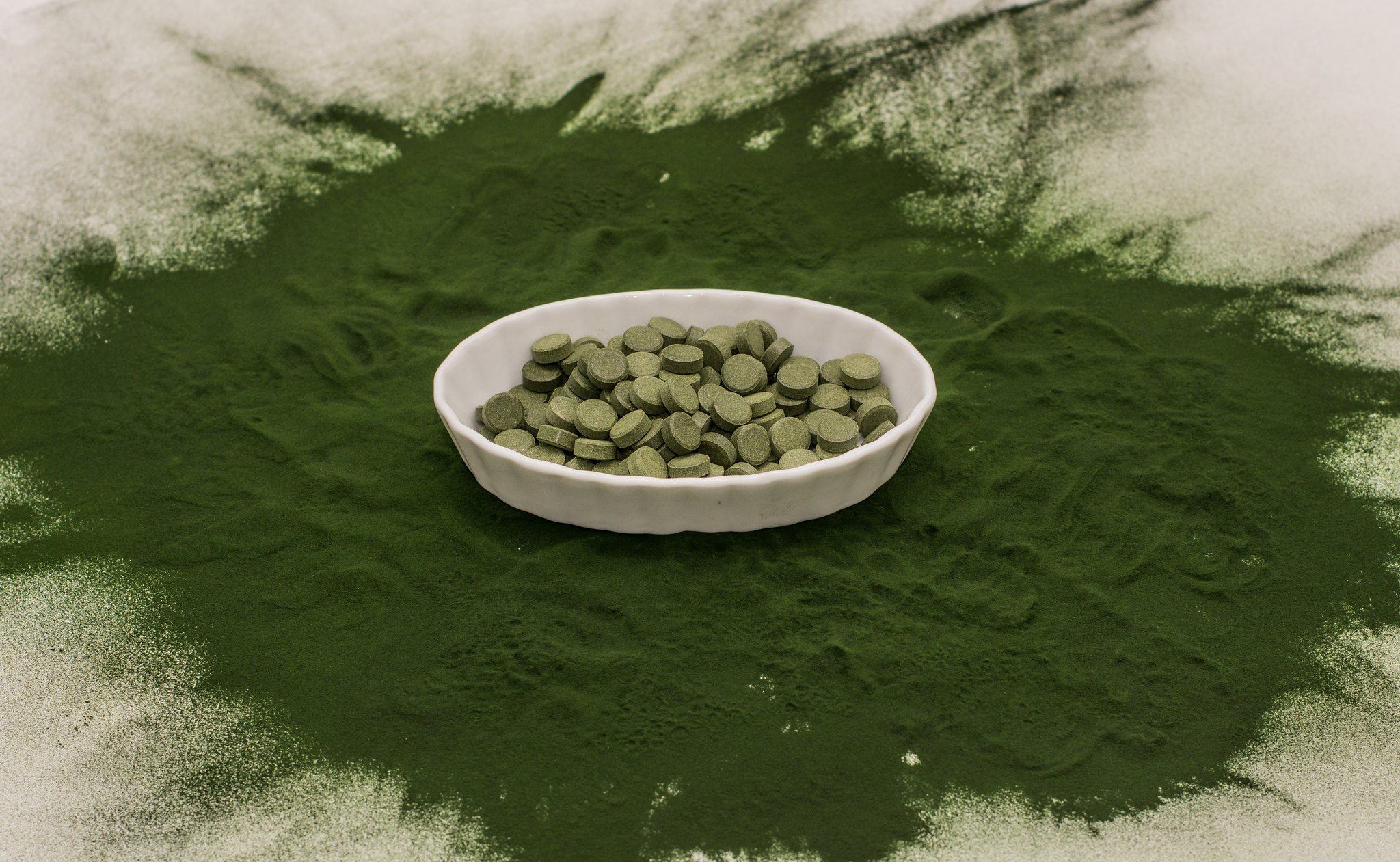
Chlorella algae contain a unique nucleotide-peptide complex that supports cellular repair and regeneration. Its tough cell wall must be cracked for human absorption, but when processed properly, it provides remarkable detoxification support through its ability to bind heavy metals.
Studies indicate potential benefits for immune function and cellular repair, particularly after radiation exposure. Traditional Japanese medicine recognized different strains of chlorella for specific health purposes. Modern research has identified growth factors in chlorella that support tissue repair and stem cell activation.
Clinical studies show promising results for reducing the body’s burden of environmental toxins. The algae contain rare nutrients, including chlorella growth factor (CGF) and sporopollenin. Recent research indicates benefits for reducing cardiovascular risk factors and supporting healthy aging.
Amaranth

Amaranth seeds, once so sacred to the Aztecs that they shaped the grain into gods during ceremonies, contain protein patterns closer to animal sources than most plants. These tiny grains provide complete protein while remaining gluten-free and offering unique peptides with anti-inflammatory properties.
Research shows potential benefits for cardiovascular health through their ability to reduce cholesterol absorption. Traditional preparation methods may enhance nutrient availability, such as popping the seeds like popcorn. Modern studies have identified rare squalene compounds typically found only in shark liver oil.
Clinical trials demonstrate significant benefits for celiac patients and those with inflammatory conditions. The grains show promise in supporting bone health through their high calcium and magnesium content. Recent research reveals potential anti-cancer properties through unique peptide sequences.
Lion’s Mane Mushroom
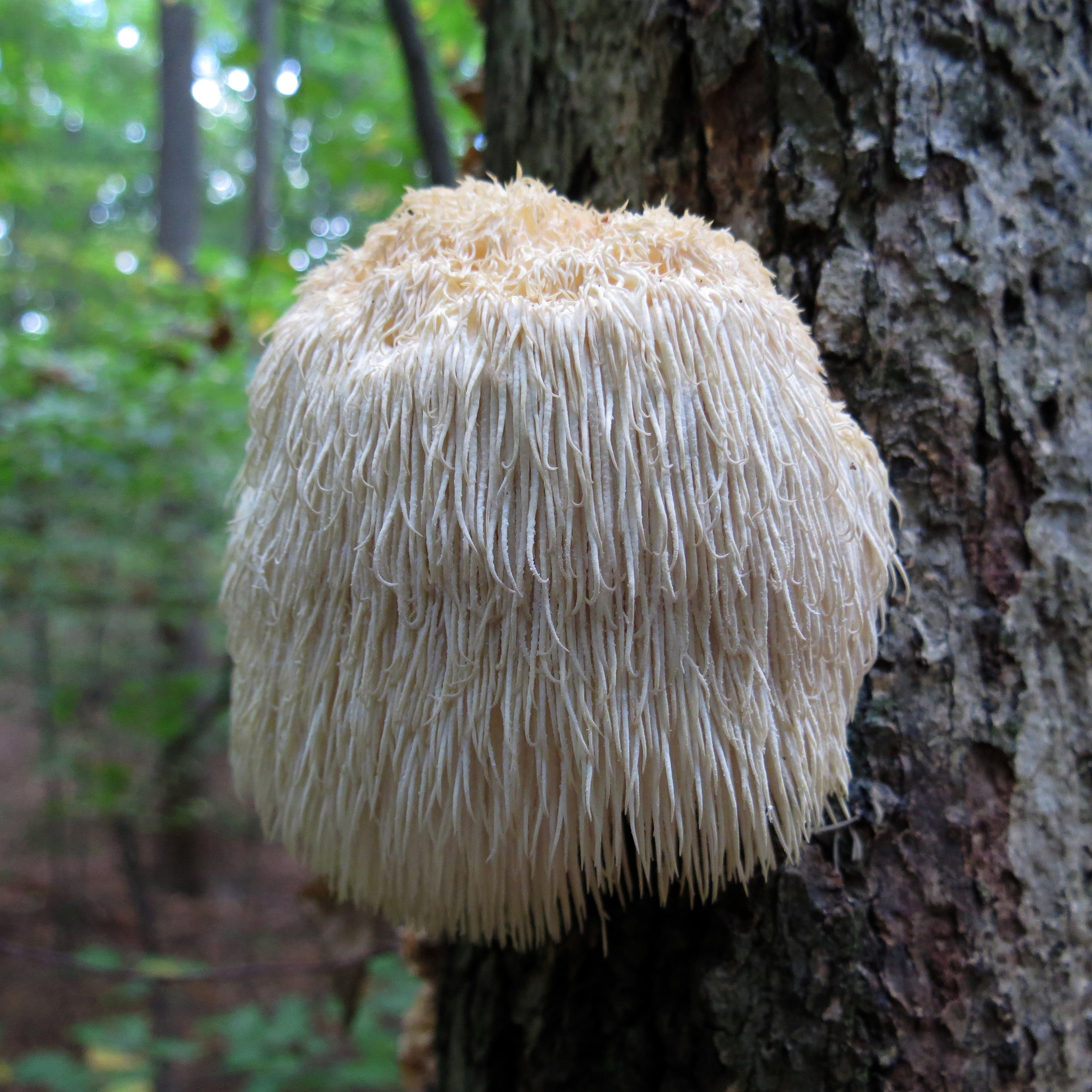
Lion’s mane mushrooms resemble cascading white icicles but stimulate nerve growth factor production more effectively than any other natural substance studied. These edible fungi show a remarkable ability to protect and regenerate nerve tissue, with potential applications in neurodegenerative diseases.
Traditional Chinese medicine uses them to enhance brain function and support digestive health. Modern research has identified unique compounds that can cross the blood-brain barrier and support cognitive function. Clinical studies demonstrate significant benefits for mild cognitive impairment and mood disorders.
The mushrooms contain rare erinacines and hericenones that support nerve regeneration. Recent studies suggest potential applications in treating anxiety and depression through multiple mechanisms. Traditional preparation methods, including double extraction, may enhance the bioavailability of active compounds.
Like Go2Tutors’s content? Follow us on MSN.
Blue-Green Algae
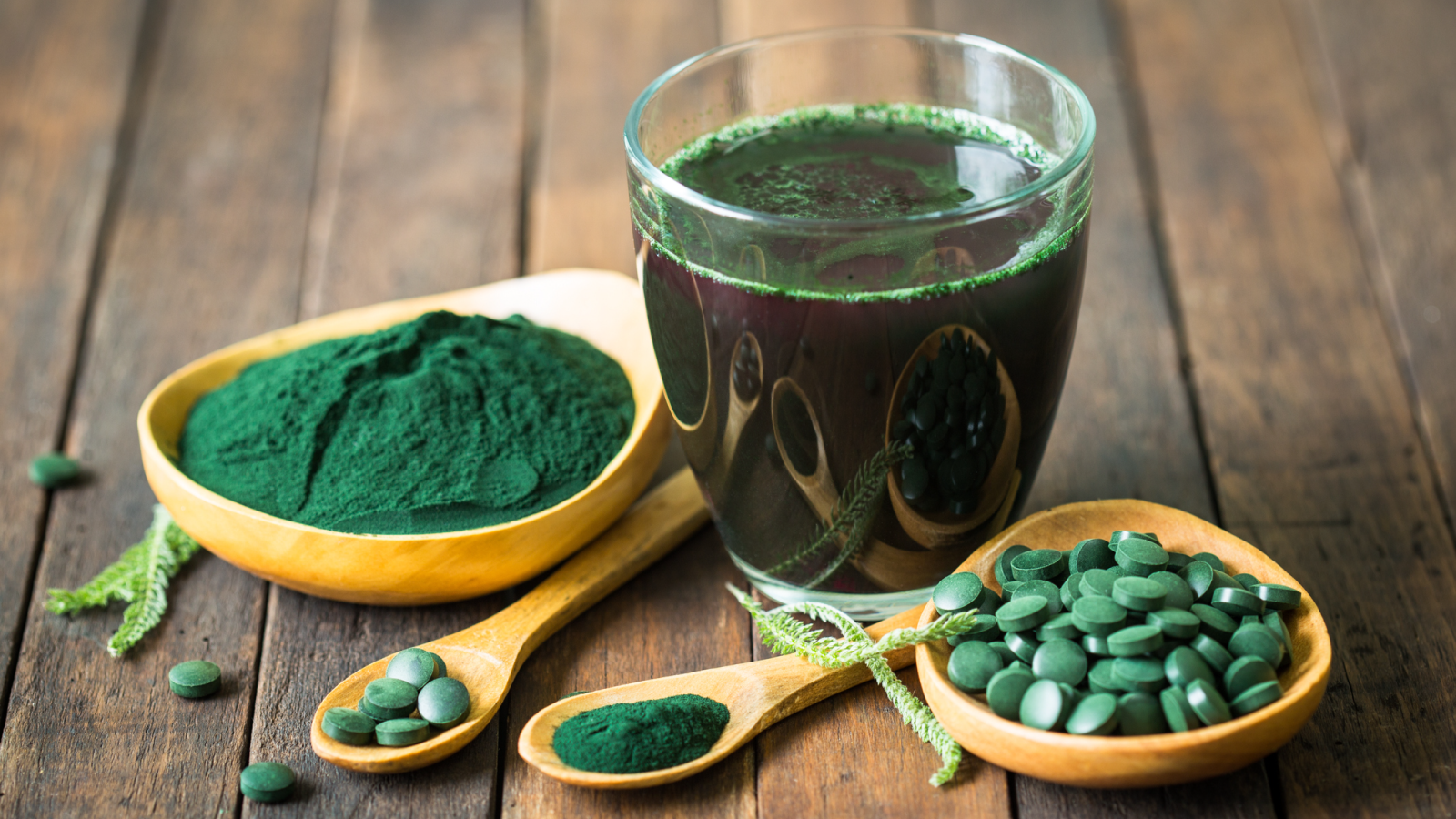
Blue-green algae from Klamath Lake contain rare nutrients and pigments found nowhere else in nature. This wild-harvested superfood provides remarkable amounts of chlorophyll and unique antioxidants that support brain function and reduce inflammation.
Studies show potential benefits for attention and focus through its high concentration of phenylethylamine (PEA). Traditional Native American medicine recognized the lake’s algae as a sacred food. Modern research reveals its ability to support stem cell mobilization and tissue repair through unique compounds.
Clinical trials demonstrate significant benefits for immune function and inflammatory conditions. This algae contains rare fatty acids that support brain development and function. Recent studies indicate potential applications in mood disorders and cognitive enhancement.
Chaga Mushroom
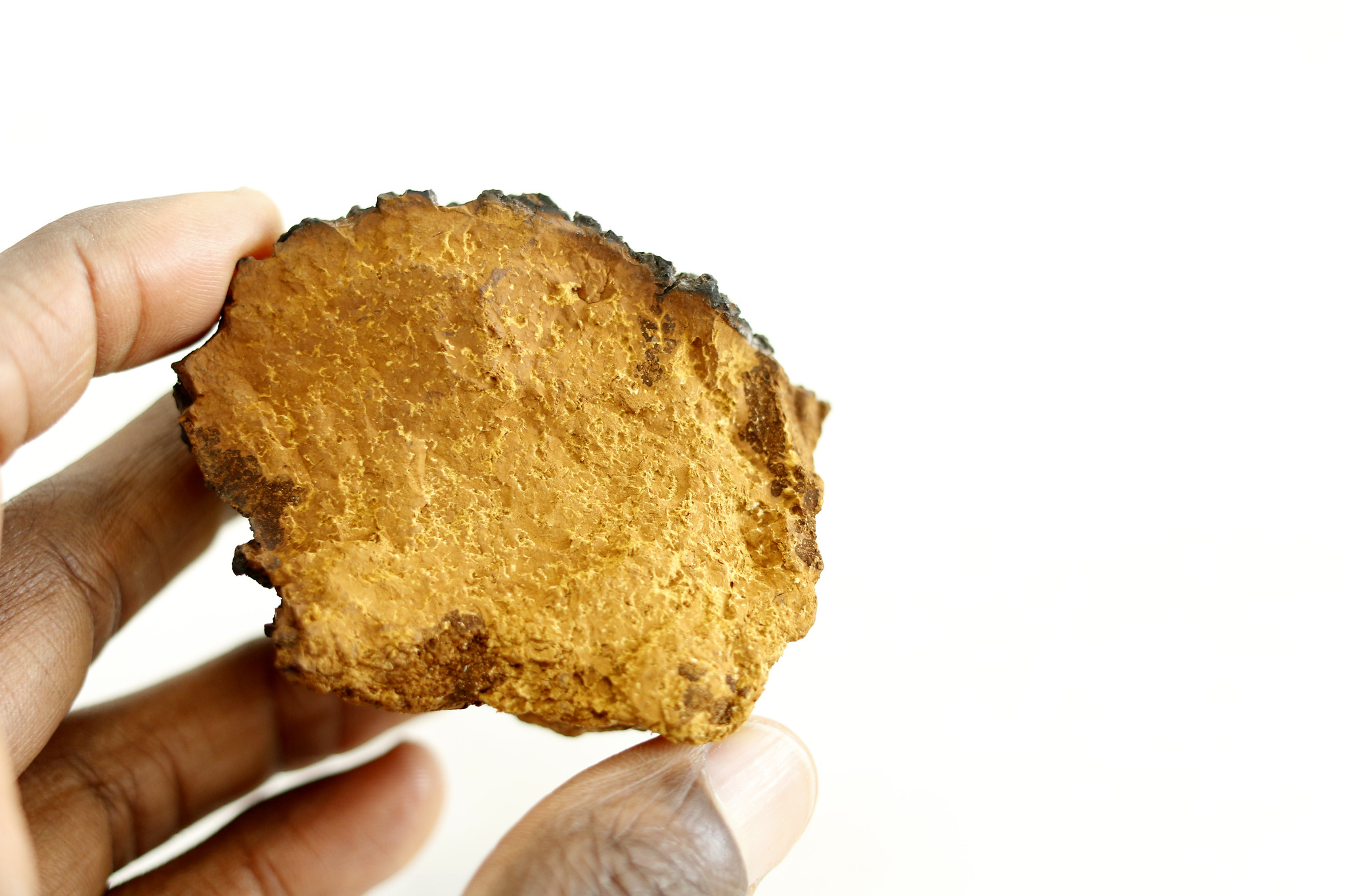
Chaga mushrooms grow on birch trees, concentrating beneficial compounds from their hosts while developing their unique properties. These fungi demonstrate remarkable immune-supporting properties while showing promise against cancer cells through multiple mechanisms.
Traditional Siberian medicine used chaga for longevity and overall health. Modern research has identified unique polysaccharides and triterpenes with powerful antioxidant effects. Clinical studies show significant benefits for inflammatory conditions and immune function.
The mushrooms contain the highest antioxidant content of any natural food tested. Recent research indicates potential applications in protecting against radiation damage and supporting DNA repair. Traditional preparation methods, including extended hot water extraction, maximize the availability of beneficial compounds.
Fresh Turmeric
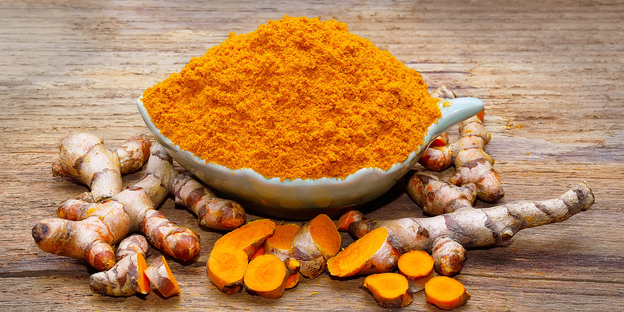
Fresh turmeric root contains not only curcumin but also hundreds of related compounds that work synergistically. The root’s essential oils enhance the absorption of beneficial compounds while providing unique benefits of their own.
Studies show fresh turmeric may be up to five times more bioavailable than dried powder. Traditional Ayurvedic medicine recognizes different varieties of turmeric for specific healing purposes. Modern research has identified turmerones and other volatile compounds that support brain health.
Clinical trials demonstrate significant benefits for depression and cognitive function. The root contains rare sesquiterpenes that can cross the blood-brain barrier. Recent studies suggest potential applications in neurological conditions through multiple protective mechanisms.
Like Go2Tutors’s content? Follow us on MSN.
Moringa
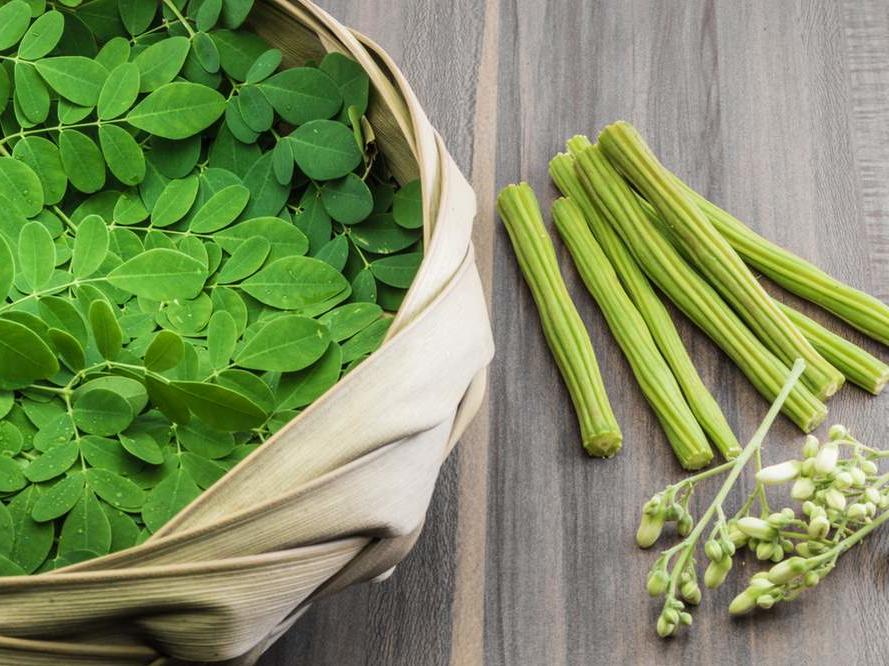
Moringa leaves contain such high nutrient density that they’re being studied as a solution for global malnutrition. This drought-resistant tree provides complete protein while offering remarkable concentrations of vitamins and minerals.
Traditional African medicine used different parts of the plant for specific healing purposes. Modern research has identified unique antioxidant compounds with powerful anti-inflammatory effects. Clinical studies show significant benefits for blood sugar regulation and nutrient deficiencies.
The leaves contain rare zeatin compounds that support cellular health. Recent studies indicate potential applications in treating chronic diseases through multiple nutritional mechanisms. Traditional preparation methods help preserve delicate nutrients.
Purple Sweet Potato
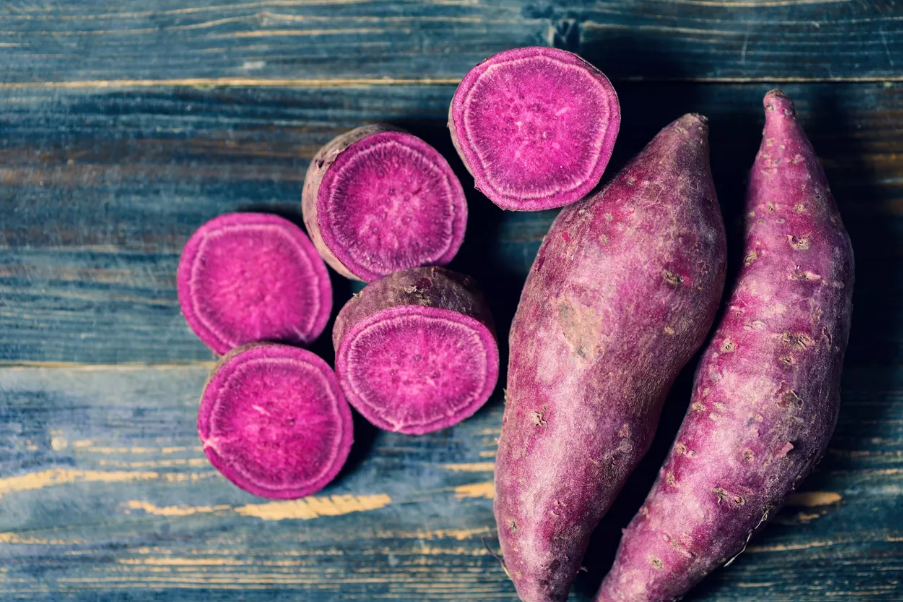
Purple sweet potatoes contain anthocyanins with unique molecular structures that enhance their stability and effectiveness. These colorful tubers show a remarkable ability to protect against oxidative stress while supporting eye health through multiple mechanisms.
Traditional Okinawan medicine recognized their importance for longevity and vitality. Modern research has identified rare cyanidin compounds with powerful anti-inflammatory effects. Clinical studies demonstrate significant benefits for cognitive function and cardiovascular health.
The potatoes contain unique storage proteins that may support immune function. Recent studies suggest potential applications in preventing age-related diseases through multiple protective mechanisms. Traditional cooking methods, including steaming, maximize the availability of beneficial compounds.
Jerusalem Artichoke
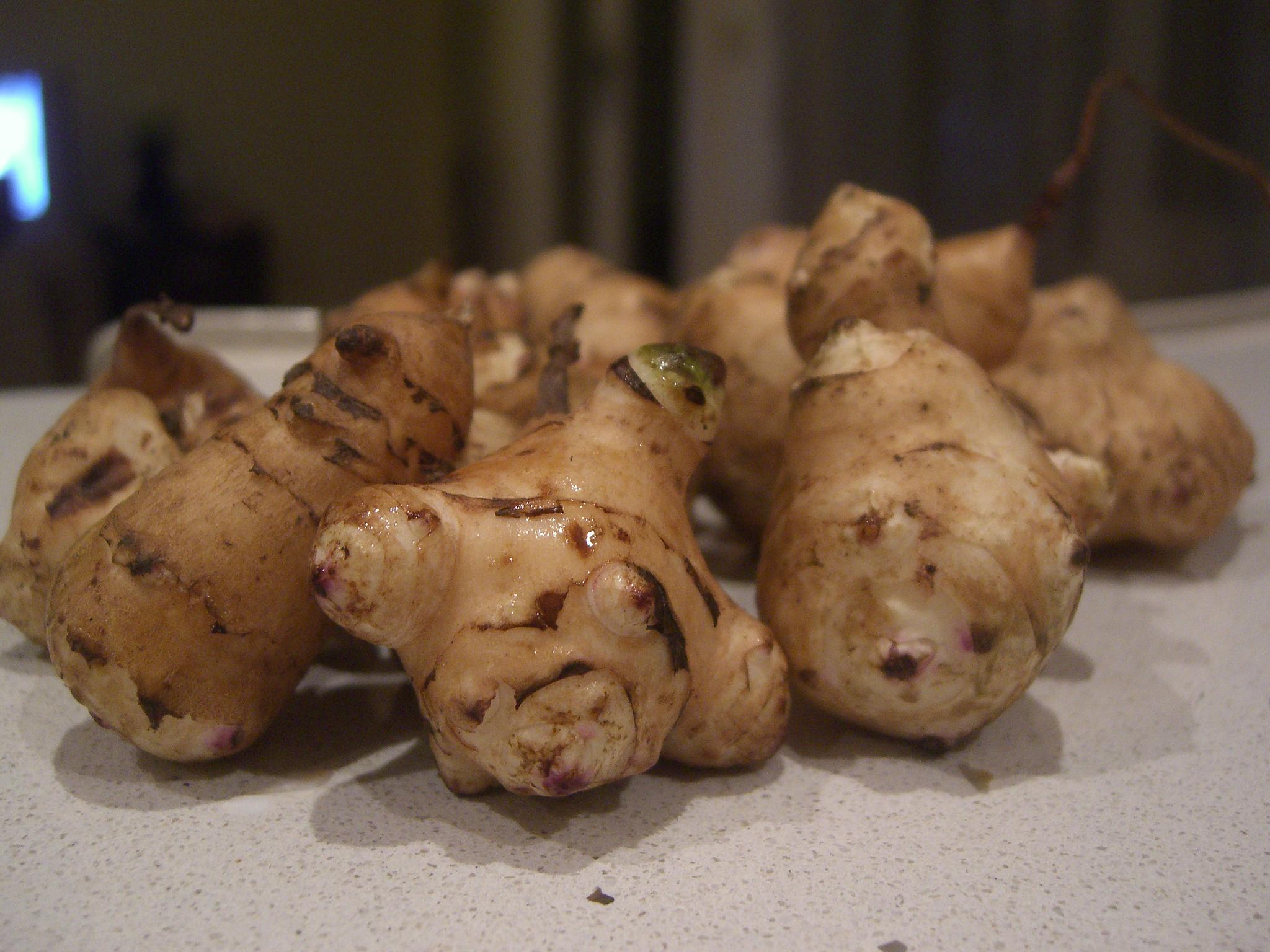
Jerusalem artichokes, also known as sunchokes, pack more fiber than most root vegetables while delivering unique prebiotics that support gut health. These knobby tubers contain high levels of inulin, a type of fiber that feeds beneficial bacteria.
Traditional Native American medicine used them for both food and medicine. Modern research reveals their potential for blood sugar regulation through a unique mechanism that differs from other fiber sources. Clinical studies demonstrate significant benefits for immune function and mineral absorption.
The roots contain rare compounds that support bone health while providing sustained energy. Recent studies suggest applications for weight management and metabolic health. Traditional preparation methods, including slow roasting, enhance their natural sweetness while preserving beneficial compounds.
Like Go2Tutors’s content? Follow us on MSN.
Beyond the Ordinary
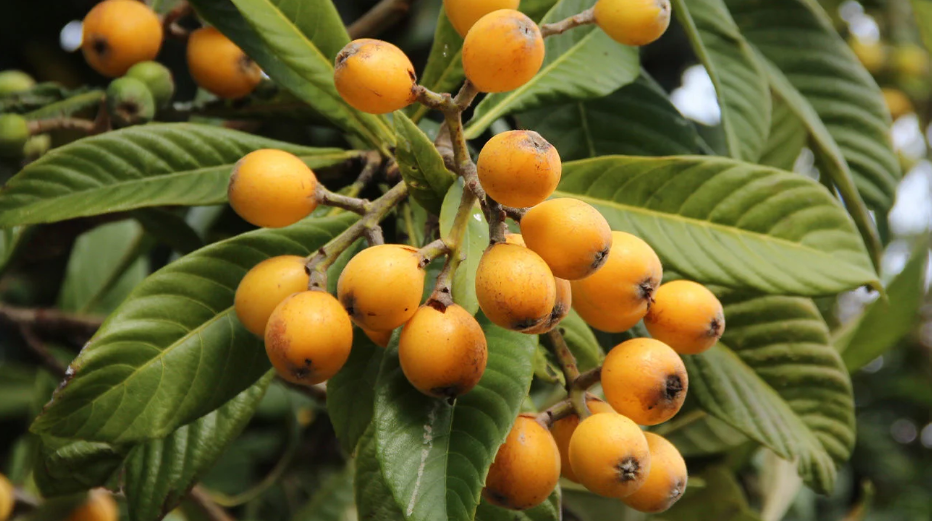
These unusual foods demonstrate nature’s remarkable ability to package healing compounds in unexpected forms. While some may challenge conventional palates, their documented benefits offer compelling reasons to expand dietary horizons.
As research continues revealing new properties of traditional foods, these overlooked nutritional treasures may provide solutions to modern health challenges. Their story reminds us that sometimes the most powerful medicines come in strange packages, proving that nature’s pharmacy extends far beyond familiar fruits and vegetables.
Modern science continues to validate traditional wisdom while uncovering new mechanisms of action and potential applications for these remarkable foods.
More from Go2Tutors!

- 15 Unforgettable Candy Bars From The 60s and 70’s That Disappeared Too Soon
- 15 Myths About Famous Historical Figures That Aren’t True
- Famous Battles: How Much Do You Really Know About U.S. History?
- 20 Historical Artifacts That Scientists Can’t Explain
- 15 Little-Known Facts About Famous Historical Events
Like Go2Tutors’s content? Follow us on MSN.



